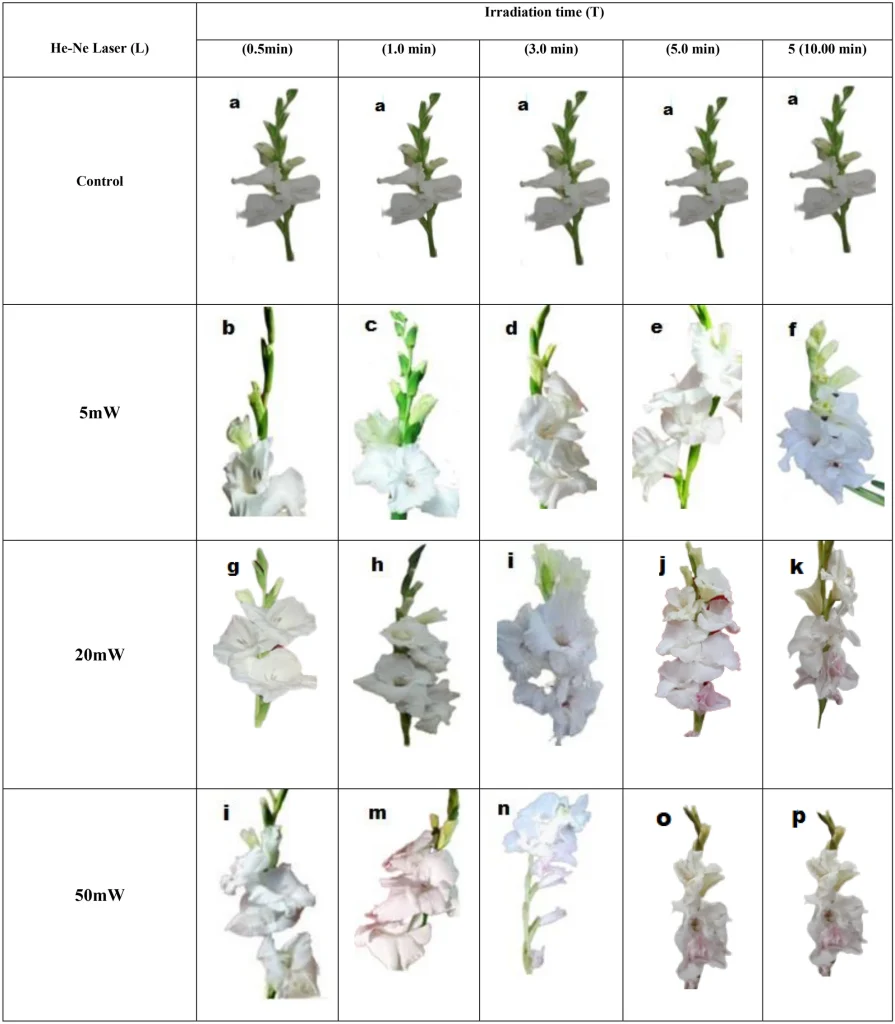赤い光の効果を経験的に知る現場Experiencing the Effects of Red Light on the Field
I’ve heard from researchers and farmers that “plants bathed in the morning and evening sun yield good products.” Both times of day involve red to orange light. Researchers have speculated that exposure in the morning sun leads to increased yield, while exposure in the evening sun improves quality. It’s said that areas with more abundant vegetable harvests are often on the Pacific side, where the morning glow is not blocked by mountains and is amplified by reflection off the sea. Conversely, the Japan Sea side, often referred to as the “rice heartland,” seems to produce high-quality crops, possibly due to the evening glow reflecting off the sea. I don’t have scientific evidence for the above comments, but I believe it represents the actual effects of red light that those on the ground experience. I recall meeting a researcher about ten years ago who was testing what happens when a red film is applied to a greenhouse; I wonder what became of that test.
Gene-Level Changes in Plants Exposed to Red Lasers
A study reported that irradiating the Gladiolus plant of the Iridaceae family with red lasers caused genetic changes. The light source was a helium-neon (He-Ne) laser with a wavelength of 635 nm. The study varied the laser’s output (5–50 mW) and exposure time (30 seconds to 10 minutes) while irradiating the bulbs, then planted them in soil to evaluate the growth of the resulting plants. As expected, high-power, long-duration exposure damaged the plants. However, specific output and exposure times were found to have beneficial effects. For example, the vascular bundles thickened, increasing nutrient uptake efficiency and improving growth. Plant hormone release also changed, indicating cellular-level growth changes. It’s surprising that such changes occurred from exposing the plants to red light under specific conditions.
Determining Whether Changes are Genetic Mutations or Metabolic Alterations
In the Gladiolus study, genetic mutations were also confirmed using SSR markers, indicating that the laser irradiation caused genetic level changes. Generally, mutation induction in plants is associated with heavy ion beams, neutron rays, or synchrotron radiation. The fact that mutations occurred under red light, which is thought to have less capacity to cut genes, was surprising. Perhaps the high-power laser was a key factor.
On the other hand, red light’s impact on plants is varied, influencing germination, growth, shoot number, bud count, and flowering timing, among other aspects. These effects are not due to genetic mutations but are the result of metabolic changes caused by red light.
The Gladiolus example suggests that both mutation induction and metabolic changes are occurring as a result of the exposure. The potential of red light is intriguing and seems to have much more to offer.

Pursuing Both Breeding and Growth Promotion Through Laser Irradiation
Depending on the plant, appropriate exposure to helium-neon (He-Ne) lasers has been found to be beneficial. For Gladiolus, a short, low-power exposure of about 5 minutes seems cost-effective. If such exposure improves growth in the current generation, it could lead to the production of crops with added value. Additionally, if it can induce genetic-level mutations, it might also be possible to obtain breeding material as mutant strains.
Could we develop a cultivation model that simultaneously promotes growth and breeding by irradiating crops with lasers, as long as no negative reactions occur?



コメント